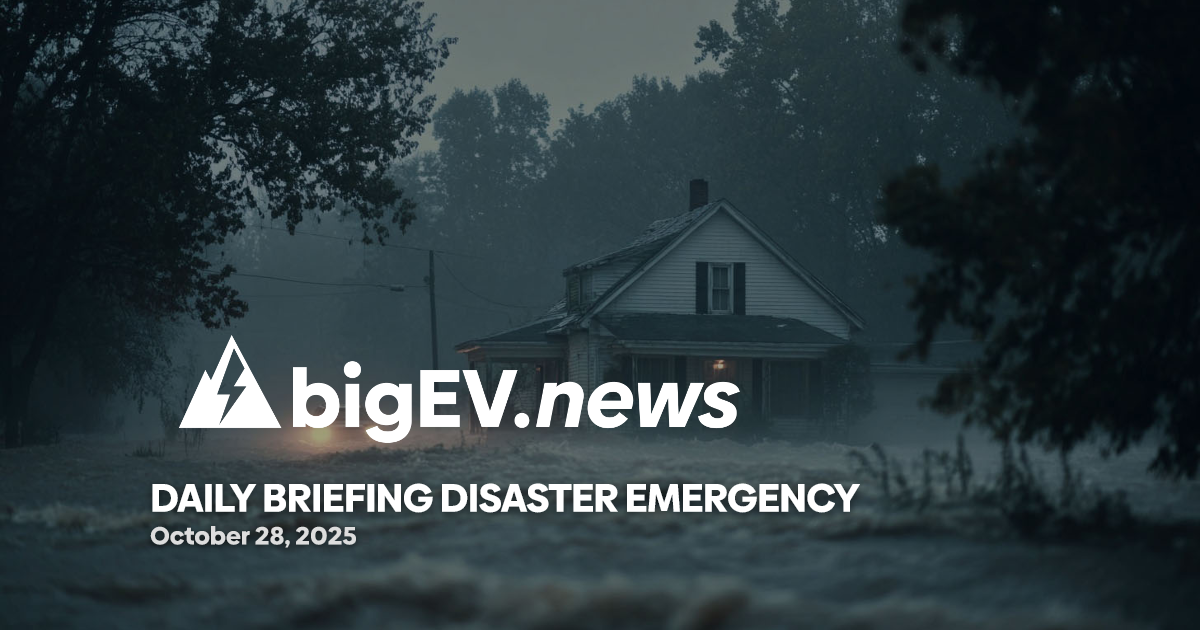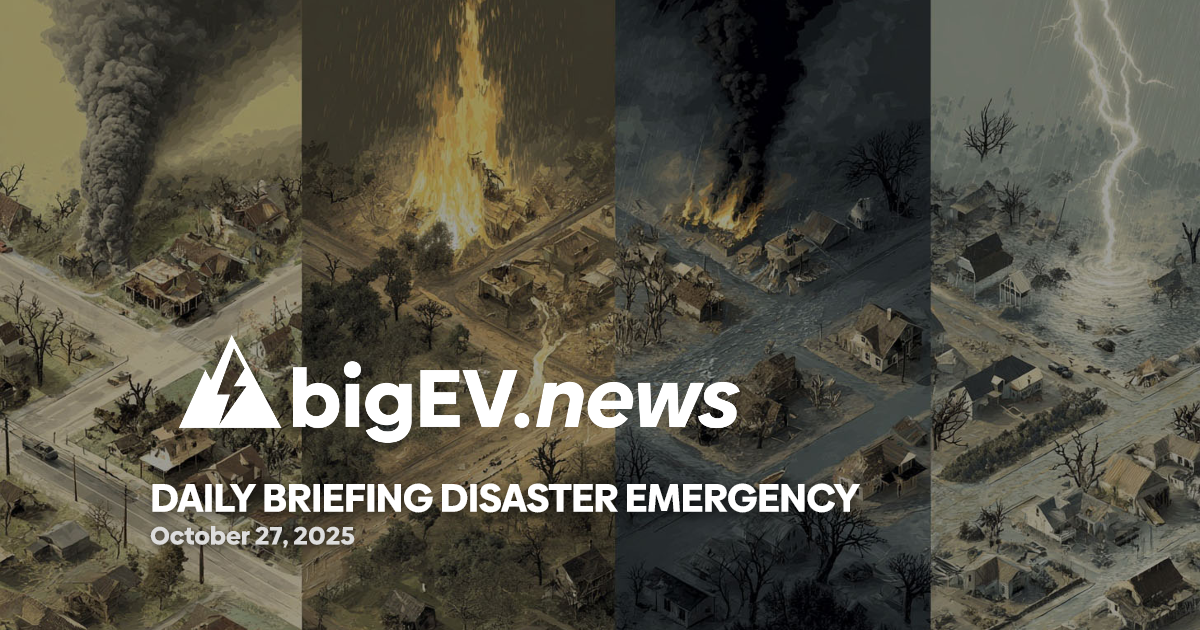From AI-driven flood prediction to portable power and data kits, the latest wave of disaster tech is reshaping emergency response and recovery worldwide.
At a glance – The past 24 hours have seen a surge in disaster technology innovation, with leading research institutions and major tech companies unveiling new tools to address the escalating frequency and severity of natural disasters. Texas A&M University’s UrbanResilience.AI Lab, in partnership with Meta, is pioneering artificial intelligence systems that analyze vast datasets to predict and mitigate the impact of hurricanes, floods, and wildfires. These AI models, already field-tested during events like Hurricane Beryl and the Los Angeles wildfires, are designed to augment human decision-making across all disaster phases, from early warning to rapid recovery. The lab’s latest project, a Disaster Management Companion AI, leverages large language models to provide emergency managers with real-time, data-driven insights, aiming to make such systems standard in emergency management nationwide within the next three to five years.
Technology advance – Amazon has announced the deployment of its next-generation disaster-relief technology kits, engineered to restore power, connectivity, and critical communications in the immediate aftermath of catastrophic events. These portable kits, which include integrated power sources, satellite internet, and environmental sensors, are tailored for frontline nonprofits and first responders operating in regions where traditional infrastructure has failed. The initiative, led by Jeffrey Schweitzer, is a direct response to the communication breakdowns witnessed during Hurricane Helene in North Carolina, where entire communities were isolated for weeks. Amazon plans to train over 140 volunteers and distribute dozens of these kits by the end of 2026, ensuring that vital services like shelters and food banks can resume operations rapidly even in the most challenging conditions.
Partnerships – The Newport News Fire Department in Virginia has integrated advanced Geographic Information Systems (GIS) and U.S. Census data into its emergency response protocols, significantly enhancing situational awareness for first responders. This collaboration between the department’s GIS team and local emergency preparedness officials enables real-time access to demographic and infrastructure data, allowing crews to tailor their response to the specific needs of affected populations. The system, which is now standard across all fire trucks, medic units, and staff vehicles, is credited with improving response times and safety outcomes during recent emergencies. Looking ahead, the department is preparing to expand its technological toolkit by incorporating drones for aerial assessment and search-and-rescue operations in 2026.
Acquisitions/expansions – The upcoming 10th IFIP WG5.15 Conference on Information Technology in Disaster Risk Reduction (ITDRR 2025) is set to highlight a wave of new investments and cross-sector expansions in disaster resilience technology. The conference will showcase breakthroughs in integrating climate science, cybersecurity, and human-centric design to protect both physical and digital infrastructure. Notably, several multinational firms are expected to announce acquisitions of startups specializing in cyber-physical systems and participatory governance platforms, reflecting a trend toward holistic, technology-enabled community resilience. These moves are anticipated to accelerate the adoption of inclusive mitigation strategies and foster greater collaboration between sustainable development, urban planning, and humanitarian aid sectors.
Regulatory/policy – In a significant policy development, the U.S. Department of Energy has issued new guidelines for the deployment of backup power systems and microgrids in disaster-prone regions. The updated regulations, released yesterday, streamline the approval process for rapid installation of renewable energy-based emergency power solutions in areas affected by hurricanes, wildfires, and floods. The guidelines prioritize projects that integrate solar, battery storage, and advanced grid management technologies, aiming to reduce reliance on fossil fuel generators and enhance long-term community resilience. Industry analysts note that these changes are expected to unlock substantial federal funding for utilities and private sector partners engaged in emergency infrastructure modernization.
Finance/business – In the financial sector, Siemens Energy reported a 12% increase in quarterly revenue, driven largely by surging demand for its modular emergency power and grid restoration systems across North America and Southeast Asia. The company’s CEO, Christian Bruch, attributed the growth to a series of large-scale contracts with municipal governments and disaster response agencies seeking to upgrade their resilience capabilities in anticipation of more frequent extreme weather events. Siemens Energy’s latest product line, launched this week, features rapid-deployment microgrid units and AI-powered diagnostics, positioning the firm as a key player in the global market for disaster recovery and survival infrastructure. Investors responded positively, with shares rising 4% in today’s trading.
Sources: stories.tamu.edu, aboutamazon.com, wtkr.com, itdrr.org, energy.gov, siemens.com









